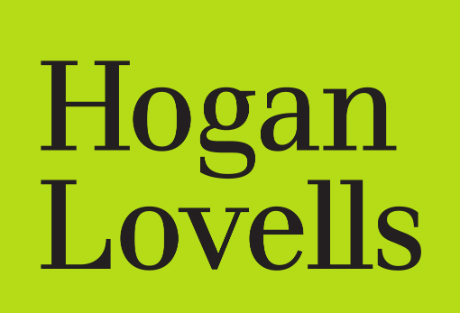Aug 12, 2019
Written By Charles Brasted and Andrew Eaton, Hogan Lovells
AAL Insight: Hogan Lovells demystify Theresa May’s ECHR speech
Aug 12, 2019
Written By Charles Brasted and Andrew Eaton, Hogan Lovells

After Theresa May’s speech this week regarding the distinctions between the European Union and the European Convention of Human Rights (ECHR), we talked to Charles Brasted (partner), and Andrew Eaton (Associate) from Hogan Lovells to explain the legal framework of the Home Secretary’s speech.
One of the surprises in Theresa May's comments yesterday was the distinction she drew between the European Union and the European Convention on Human Rights – making clear that, in her view, it was the latter that was the greater cause for concern in the sphere of national security.
All too often, no such distinction is drawn. Proposals for reform of the UK's respective relationships with the EU and international human rights organisations, such as the ultimate enforcer of the Convention: the European Court of Human Rights, remain at the top of the political agenda. For any valuable public debate on these issues to be had, the important distinctions — and connections — between the EU and the Convention need to be understood.
Dating back to 1951 and drafted in large part by English lawyers, the Convention is the primary source of human rights law in the UK. It has forty-seven signatories, including many states that are not members of the EU. It is this Convention that, since 1998, has been directly enforceable in UK law as a result of the Human Rights Act passed by the UK Parliament.
As stated above, although UK Courts must themselves apply the Convention, it is ultimately enforced by the European Court of Human Rights in Strasbourg. Any alleged victim, who has exhausted their domestic legal remedies, can bring a claim in the Strasbourg Court against a signatory state for breach of their Convention rights — and the Court can award damages and/or order the state to rectify the breach. The Court's judgment is binding in international law – although not universally honoured by signatories.
The EU's court, the Court of Justice of the European Union (CJEU or ECJ), is not the primary arbiter or enforcer of the Convention. Its role is limited to ensuring the uniform interpretation of, and compliance with, the EU Treaties. As such, it will answer questions of EU law referred to it by national courts and decide cases brought to it by the EU institutions or member state governments.
However, since 2009, the CJEU will also apply the fundamental rights incorporated into EU law by the Lisbon Treaty, which replicate and build on the Convention rights (among other things). As such, since the coming into force of the Lisbon Treaty, the Convention rights have also formed a part of the general principles of the EU.
That will not change if, as Theresa May suggests, the UK were to remain in the EU but withdraw from the Convention – a move that the European Commission has indicated could "raise concern as regards the effective protection of fundamental rights" in the UK.
The international protection of human rights in Europe is complex and interconnected. A clear understanding of the institutional framework is necessary to facilitate an informed debate on the implications of reform. This is just one of the areas in which the legal terms being thrown around in the Brexit debate need de-mystifying.
Advertisement
Advertisement
Interviews
- Talking vacation schemes and training contracts with White & Case
- What is life like as a legal trainee within the Government Legal Department?
- "All are equal under the law"
- "People are at the heart of everything that we do" : diversity and inclusion at RPC
- 'A Day in the Life' with Mills & Reeve Trainee, Inderpreet Heire
